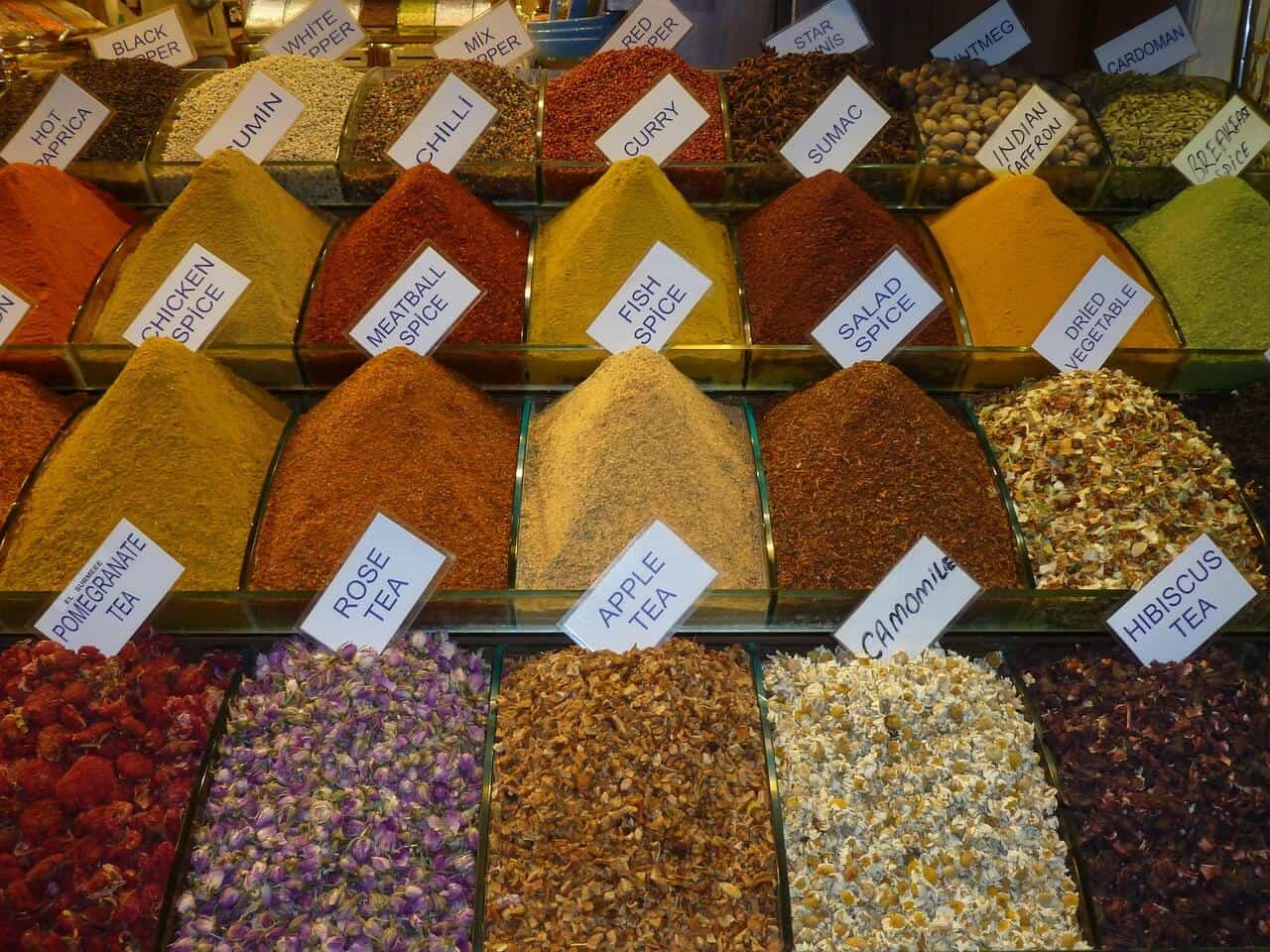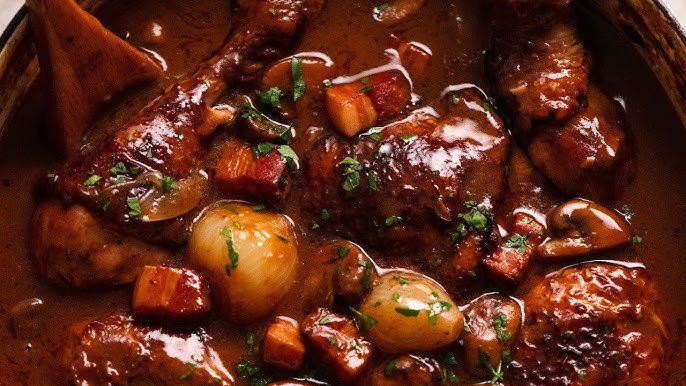The world of food is evolving at an unprecedented pace. From lab-grown meat to AI-powered kitchens, culinary innovations are reshaping the way we produce, prepare, and consume food. As technology and sustainability concerns continue to influence the food industry, a future filled with revolutionary culinary experiences is fast approaching. This article explores key innovations shaping the future of food and their potential impact on our diets, health, and the environment.
1. Plant-Based and Cultivated Meat Alternatives
The demand for plant-based and lab-grown meat is skyrocketing as consumers seek sustainable and ethical alternatives to traditional meat. Companies like Beyond Meat and Impossible Foods have already revolutionized the industry with plant-based burgers that closely mimic the taste and texture of beef. Meanwhile, cultivated (lab-grown) meat, produced by growing animal cells in bioreactors, is poised to reduce the environmental impact of livestock farming significantly.
2. 3D Food Printing
3D printing technology is making its way into the culinary world, offering a futuristic approach to food production. With 3D food printers, chefs and home cooks can create intricate food designs, customize nutrient-dense meals, and reduce food waste by repurposing ingredients into new forms. Restaurants and food manufacturers are already experimenting with this technology to provide personalized and visually appealing dining experiences.
3. AI and Robotics in the Kitchen
Artificial intelligence (AI) and robotics are revolutionizing how food is prepared, cooked, and served. AI-powered kitchen assistants, such as recipe-suggesting apps and smart cooking devices, help individuals make healthier and more efficient meal choices. In restaurants, robotic chefs and automated food preparation systems are reducing human labor costs and improving consistency in food production.
4. Sustainable Packaging and Zero-Waste Solutions
The growing awareness of plastic pollution has led to innovations in sustainable food packaging. Edible packaging, biodegradable containers, and reusable alternatives are becoming more common. Additionally, the zero-waste movement is encouraging restaurants and consumers to repurpose food scraps, compost organic waste, and adopt sustainable eating habits.
5. Vertical Farming and Urban Agriculture
As urban populations grow, space-efficient food production methods are becoming essential. Vertical farming, which involves growing crops in stacked layers indoors, maximizes space while minimizing water usage and transportation costs. Hydroponic and aeroponic systems allow for year-round cultivation of fresh produce in urban environments, reducing reliance on traditional agriculture and ensuring local food security.
6. Functional and Personalized Nutrition
Advances in nutrigenomics (the study of how genes interact with nutrition) are paving the way for personalized diets tailored to individual genetic profiles. With DNA testing and AI-driven meal planning, people can optimize their diets for better health and disease prevention. Functional foods—such as probiotics, adaptogens, and superfoods—are also gaining popularity for their ability to enhance immunity, digestion, and mental well-being.
7. Alternative Protein Sources
Beyond plant-based meats, alternative protein sources like insects, algae, and fungi are emerging as viable options for sustainable nutrition. Insect-based protein, already a staple in some cultures, is being incorporated into protein bars and snacks. Spirulina and other algae are rich in nutrients and require minimal resources to cultivate. Mycoprotein, derived from fungi, offers a high-protein, meat-like alternative for vegetarians and vegans.
8. Blockchain Technology for Food Transparency
Blockchain technology is enhancing food traceability and safety by allowing consumers to track the journey of their food from farm to table. With blockchain, food companies can provide real-time data on sourcing, quality, and ethical practices, ensuring greater transparency and accountability in the food industry.
9. Smart Kitchens and IoT-Enabled Appliances
The Internet of Things (IoT) is transforming home kitchens with smart appliances that enhance convenience and efficiency. Smart refrigerators can track food expiration dates and suggest recipes based on available ingredients. Voice-controlled ovens and automated coffee makers are simplifying meal preparation, making cooking more accessible and enjoyable for busy individuals.
10. The Rise of Ghost Kitchens and Virtual Restaurants
With the surge in online food delivery, ghost kitchens—kitchens that operate solely for delivery without a physical dine-in space—are becoming a dominant force in the restaurant industry. Virtual restaurant brands are leveraging this model to experiment with new cuisines and reach wider audiences without the overhead costs of traditional brick-and-mortar establishments.
Conclusion
The future of food is an exciting frontier of innovation, sustainability, and technology-driven solutions. As these culinary advancements continue to develop, they will shape how we eat, interact with food, and address global challenges like climate change, food insecurity, and health concerns. Whether it’s through plant-based alternatives, AI-driven cooking, or personalized nutrition, the way we experience food is evolving, making it more sustainable, efficient, and tailored to our needs. The future is delicious, and it’s closer than we think.















